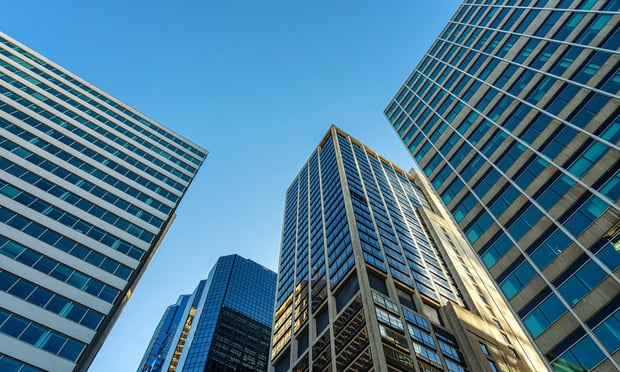"The early stages of an economic slowdown tend to temporarily help the apartment market's performance because those concerned about their job prospects are hesitant to make home purchases," according to Greg Willett, M/PF's director of research products. "Over time, however, as worries about the employment outlook mount, the resulting slower pace of new household formation hurts the apartment sector too, and we've now clearly reached that point."
The nation's occupancy was 96.1% at the second quarter close as rent growth slowed in a tact to keep complexes nearly filled. Willett says San Jose's rent is 7.8% lower than a year ago and San Francisco's down 3.6%. "That's a dramatic difference from an annual rent growth pace that had been at 30% to 40%," he says in the US Apartment Market Report. Oakland is faring somewhat better, with "current rents still slightly ahead of the prices recorded in mid-2001."
The nation's average occupancy slipped 0.4 points from March despite the second quarter being historically active in the leasing arena. Between 1996 and 2000, occupancy rose 0.6 points between the first and second quarters. It wasn't all that bad, but still the 0.1 point drop from mid-year 2000 reflects a change in tenants' attidudes.
Austin took the biggest hit, posting nearly a 4 point occupancy drop to 94.1% in the past year and same store growth backpedaling from just under 10% to 4%. The San Francisco Bay/Silicon Valley is down about 3 points, or 95.5%, in the year-to-year comparison while Oakland is riding at 96.7% and San Jose, 96.2%. Boston had a 0.4 decline, putting occupancy at 98.3% and rent growth of 5% in comparison to nearly a 20% annual rent spike.
The market is the tightest in the northeast. Newark leads the pack nationwide at 99.6% occupancy, closely trailed by Middlesex, Philadelphia and Boston, all recording 98% or a shade over. Clustered in a range of 97.3% to 97.9% occupancy were Washington, DC, Baltimore, Los Angeles, San Diego, Norfolk and Miami.
The naton's leader in rent growth is Middlesex, with same-store increases averaging 10.6% since last year. Rent hikes of 9% and 10% were recorded in Los Angeles, Washington, DC, Newark and Baltimore. Sacramento, San Diego and the Inland Empire posted 8% to 9% growth. Also making the Top 10 are Detroit at 6.9% and Orange County, 6.8%. In a previously released M/PF report, the Dallas-Ft. Worth rent rose an average of 4% to 5%.
The report places nation's average rent growth at 4.6% for a norm of $905 per month. In comparison, the previous three quarters pegged 8% to 10% growth, primarily fueled by "unprecedented" spikes in San Francisco Bay/Silicon Valley and Boston.
Atlanta is "king of the hill" in construction. More than 16,000 units are coming out of the ground. Denver snagged second place with 13,800 units under way and metro Washington copped third place with 13,200 units. Fourth-ranked Dallas-Ft. Worth and Austin have 12,200 to 12,800 units each rising. The South Florida counties of Dade, Broward and Palm Beach have nearly 10,200 units under construction and the Bay area and Silicon Valley just 8,700 units. Phoenix, Tampa Bay and Orlando all have 8,300 to 8,500 units in progress.
© Touchpoint Markets, All Rights Reserved. Request academic re-use from www.copyright.com. All other uses, submit a request to [email protected]. For more inforrmation visit Asset & Logo Licensing.






